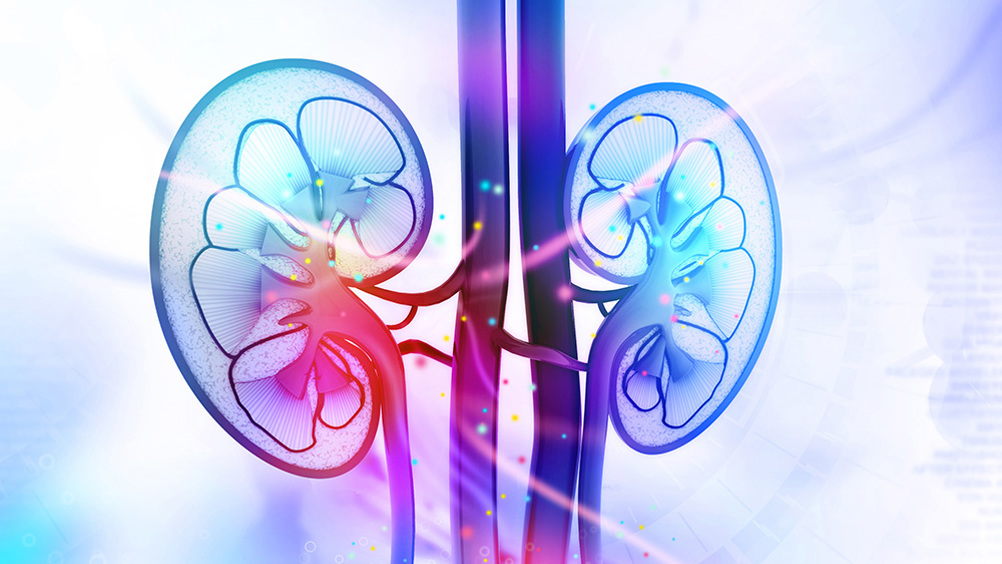References
Finerenone and diabetic renal disease: a narrative review

Abstract
Overactivation of mineralocorticoid receptors occurs in cardiorenal diseases. Many patients with type 2 diabetes often progress to chronic kidney disease (CKD) and require dialysis. Finerenone is the first oral non-steroidal mineralocorticoid receptor antagonist used in patients with diabetic kidney disease and heart failure. Finerenone (Kerendia®) is more potent than spironolactone in reducing inflammation and fibrosis in CKD and exerts its effect equally on the heart and kidneys, improving cardiovascular outcomes. Research demonstrates that finerenone improves proteinuria and glomerular filtration rate if taken alone or in combination with sodium-glucose transporter 2 inhibitors. Finerenone has been found to decrease mortality in patients with diabetic renal disease and improve quality of life. Its side effects, unlike those of spironolactone, do not include gynecomastia. However, it can result in hyperkalemia, which needs to be monitored. In this review, we aim to investigate the mechanisms of action of finerenone and its implications in patients with type 2 diabetes.
Patients with chronic kidney disease (CKD) and type 2 diabetes have an increased risk of renal and vascular disease (Agarwal et al, 2022). Approximately 1 in 3 people with diabetes progress to CKD (Centers for Disease Control and Prevention, 2023).
Diabetes is the leading cause of CKD worldwide (Li et al, 2017). The use of sodium-glucose transporter 2 inhibitors (SGLT2i), angiotensin-converting enzyme inhibitors (ACEi)/angiotensin II receptor blockers (ARBs) are used in the management of diabetic renal disease; however, despite these therapeutic measures, CKD is still a concern and calls for the discovery of novel therapies. The mineralocorticoid receptor is a nuclear receptor found in a variety of cells and tissues such as the heart, kidney, and fibroblasts. The mineralocorticoid receptor (MR) receptor is activated by the binding of aldosterone and cortisol influencing gene expression, electrolyte and fluid balance, as well as tissue remodeling.
Register now to continue reading
Thank you for visiting Journal of Prescribing Practice and reading some of our peer-reviewed resources for prescribing professionals. To read more, please register today. You’ll enjoy the following great benefits:
What's included
-
Limited access to our clinical or professional articles
-
New content and clinical newsletter updates each month

